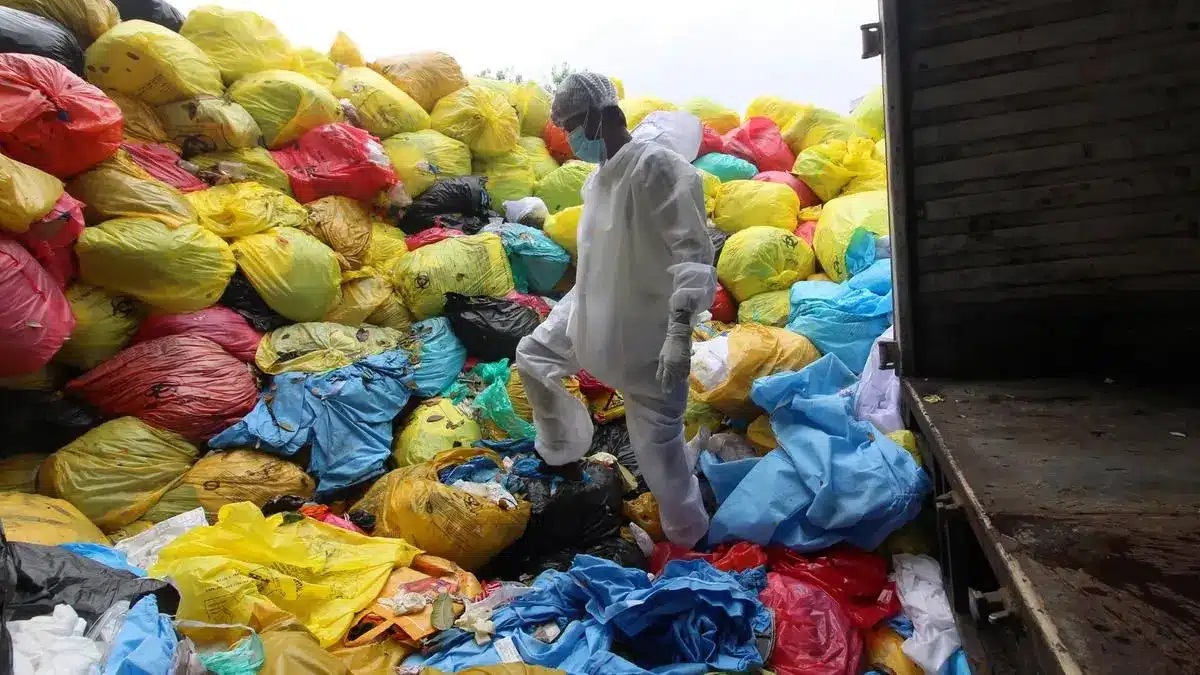About
Proper pharmaceutical waste disposal UK is a critical component of healthcare management in the UK. The process ensures that expired, unused, or contaminated medications are disposed of in a manner that prevents harm to people, animals, and the environment. In the UK, pharmaceutical waste is categorized primarily into hazardous and non-hazardous waste, and the disposal methods for each type differ significantly.
Regulatory Framework
The disposal of pharmaceutical waste in the UK is governed by strict regulations set by agencies such as the Environment Agency (EA) and the Department of Health and Social Care (DHSC). These regulations ensure that pharmaceutical waste is handled, transported, and disposed of safely. The Controlled Waste (England and Wales) Regulations 2012, for instance, classifies waste and outlines the legal responsibilities of waste producers.
Disposal Methods
· Incineration: This is the most common method for disposing of hazardous pharmaceutical waste. Incineration facilities are designed to burn waste at high temperatures, effectively destroying harmful substances. This method is particularly crucial for cytotoxic and cytostatic medicines, which pose significant risks to health and the environment if not properly incinerated.
· Landfill: Non-hazardous pharmaceutical waste can sometimes be disposed of in landfills, although this method is becoming less common due to environmental concerns and stringent regulations aimed at reducing landfill use.
· Return and Disposal Services: Many pharmacies in the UK offer take-back programs where the public can return unused or expired medications. These programs ensure that pharmaceutical waste is collected and disposed of properly, often through incineration.
Challenges and Innovations
One of the main challenges in pharmaceutical waste disposal is ensuring compliance across all healthcare providers, from large hospitals to small community pharmacies. Innovations such as advanced waste tracking systems and digital compliance tools are helping to address these challenges by providing real-time tracking and reporting of pharmaceutical waste.
Medical Equipment Recycling in the UK
Recycling medical equipment is an essential practice in the UK, contributing to both environmental sustainability and cost efficiency in healthcare. The process involves refurbishing, repurposing, and recycling various types of medical equipment, from hospital beds to diagnostic machines.
Importance and Benefits
Recycling medical equipment offers numerous benefits, including reducing the environmental impact of waste, conserving resources, and lowering healthcare costs. Recycled equipment, when properly refurbished, can be as effective as new equipment, providing a cost-effective solution for healthcare providers.
Key Players and Processes
Several organizations and companies in the UK specialize in medical equipment recycling UK. These entities follow a structured process to ensure that the equipment is safe and functional:
· Collection and Sorting: Used medical equipment is collected from hospitals, clinics, and other healthcare facilities. The equipment is then sorted based on its condition and potential for refurbishment.
· Refurbishment: Equipment that can be reused undergoes a rigorous refurbishment process. This includes cleaning, repairing, and testing to meet the required safety and performance standards.
· Recycling: Equipment that cannot be refurbished is dismantled, and its components are recycled. Metals, plastics, and other materials are separated and processed to be reused in manufacturing.
Regulatory Compliance
Recycling medical equipment in the UK must comply with various regulations, including the Waste Electrical and Electronic Equipment (WEEE) Regulations 2013. These regulations ensure that the recycling process is safe and environmentally friendly, and that electronic waste is properly managed.
Challenges and Future Directions
One of the main challenges in medical equipment recycling is the rapid pace of technological advancement, which can render equipment obsolete quickly. However, this also drives innovation in recycling technologies and processes. Future directions include the development of more efficient recycling methods and the incorporation of circular economy principles, where products are designed for longer life cycles and easier recycling.
Conclusion
In conclusion, both pharmaceutical waste disposal and medical equipment recycling are vital practices in the UK, ensuring environmental sustainability and safety in healthcare. By adhering to strict regulations and adopting innovative approaches, the UK continues to improve its management of medical waste and equipment recycling.





Comments